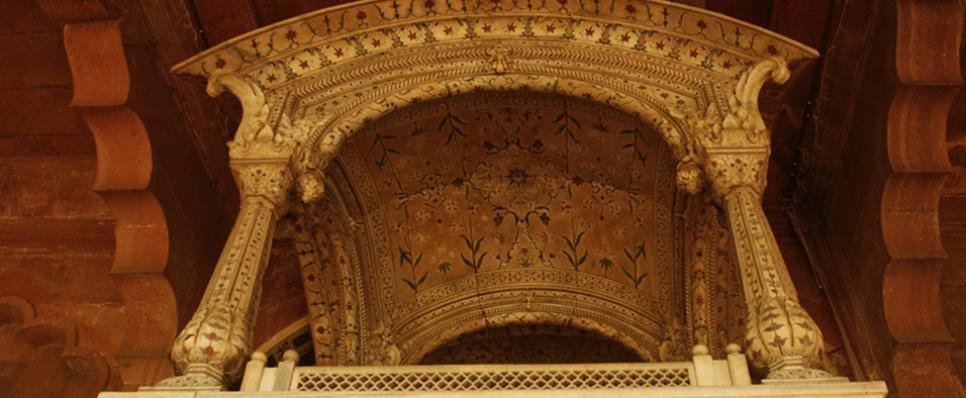Published: 09 Feb 2018
A gold throne to behold

Of all the treasures India has lost over the years, none could have been more beautiful and grandiose than the ‘Peacock throne’. A throne so magnificent, that traveler’s and historians across the empire remained awestruck by its intricate design.
Emperor Shah Jahan ruled what many see as the Golden Age of the Mughal Empire. Ruling from Shahjahanabad where grand feasts were laid out, religious festivals were conducted and extravagant receptions were held for state guests with the focus as always on the need of the Emperor.
During his reign, he was given titles like the Great King and the Shadow of God, making him the executor of God's will. Thus, it was necessary for him to hold a proper seat or Takht-e-Sulaiman, as it was called, to solidify his rule.
He commissioned to make a throne, similar to Takht-e-Sulaiman, to Gilani and his workmen. It would need to be covered in gold and jewels, with steps leading up to it, where the ruler floated above ground and closer to heaven.
The throne took seven years to complete. Solid gold, precious stones and pearls, were used to make this beautiful throne. No expenses were spared. In fact, its construction cost more than the Taj Mahal!
On Shah Jahan’s seventh anniversary as ruler, 22 March 1635, the throne was inaugurated. The date was chosen by astrologers and proved to be auspicious as it fell on Eid-al-Fitr, the end of Ramadan, and Nowruz.
The throne itself was meant to be seen by a few which included a small minority of courtiers, aristocrats and visiting dignitaries. Initially, though it was simply called the Takht-Murassa or the Jeweled Throne. Only after historians noticed peacock statues featured on it did they start calling it the Peacock throne.
As historian and traveler Abdul Hamid Lahori recalls:
“In the course of time, many valuable gems had come into the Imperial jewel-house, each one of which might serve as an ear-drop for Venus, or would adorn the girdle of the Sun. Upon the accession of the Emperor, it occurred to his mind that, in the opinion of far-seeing men, the acquisition of such rare jewels and the keeping of such wonderful brilliants can only render one service, that of adorning the throne of empire. They ought therefore, to be put to such a use, that beholders might share in and benefit by their splendour, and that Majesty might shine with increased brilliancy.”
Sadly, when Nader Shah came to power in Iran, he took to defeat the Hotaki forces who fled to the Mughal Empire for protection. This was all the invitation Nader Shah needed to invade and defeat the empire. But he knew, he couldn’t hold a vast empire and negotiated peace terms. Part of the price was the Peacock Throne.
Some say, when Nader Shah was assassinated, the throne was dismantled for its treasures, others say it was gifted to the Ottoman Sultan. Historians still debate about the Peacock Throne’s fortunes, but what many agree is its magnificent splendor.











